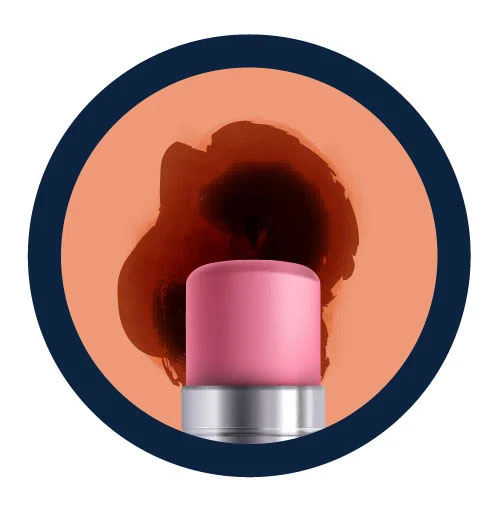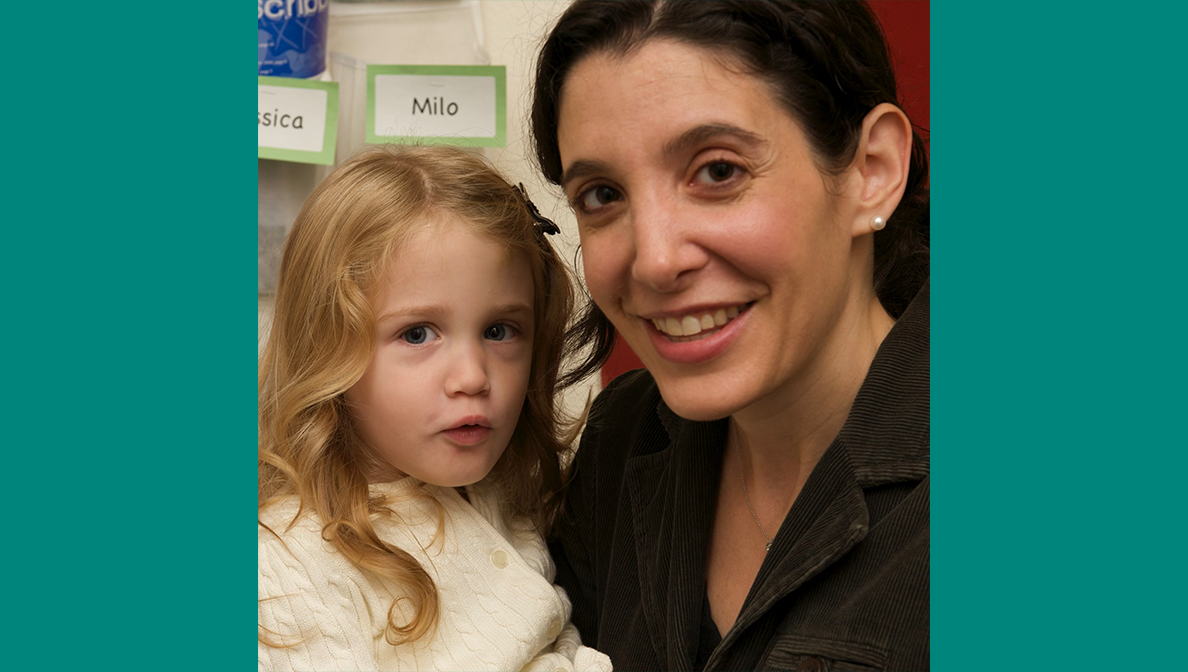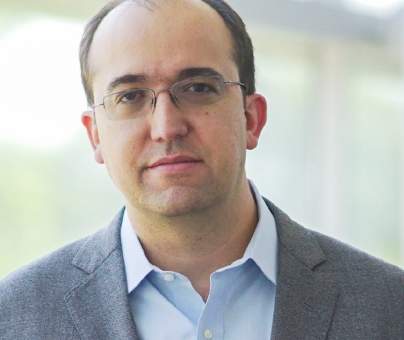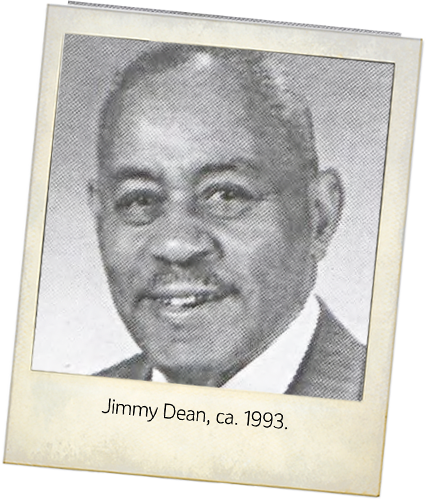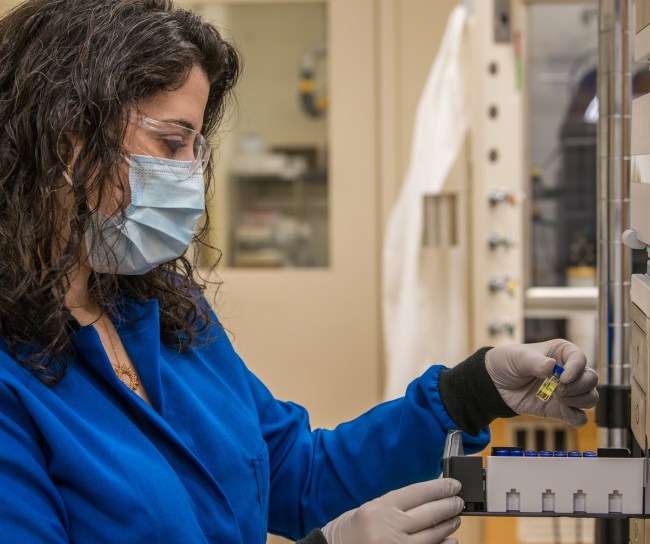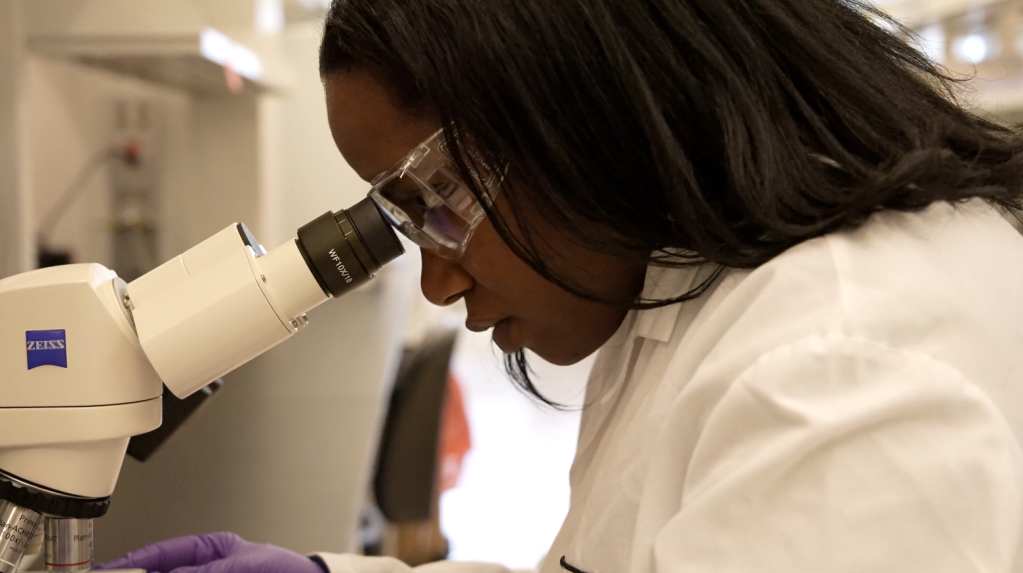Helping protect health from birth to adulthood
Vaccination is one of the many ways you can help protect your loved ones against certain potentially serious diseases every day
April 17, 2023

Vaccines are one of the greatest public health success stories in history
They help protect against more than 20 potentially life-threatening diseases.
We recognize and support the many global health stakeholders, including the World Health Organization, for their efforts in raising awareness about the importance of vaccination and helping prevent infectious diseases around the world.
“Immunization is a global health and development success story…helping people of all ages live longer, healthier lives…It’s also one of the best health investments money can buy. Vaccines are also critical to the prevention and control of infectious disease outbreaks [and] underpin global health security…”
- World Health Organization, 2023
Broader vaccination coverage along with other public health measures have eradicated smallpox and significantly decreased the incidence of other vaccine-preventable diseases.
Vaccine equity is a global challenge
The COVID-19 pandemic triggered unprecedented disruptions to vaccination programs around the world, resulting in the largest sustained decline in childhood vaccination rates in approximately 30 years.
The pandemic also revealed underlying health inequities and reminded us of the importance of preserving trust in and advancing equitable access to vaccines.

Global vaccination coverage dropped 5% between 2019 and 2021, creating risk for additional outbreaks of vaccine-preventable diseases in the future.

Between 2019 and 2021, the number of completely unvaccinated children increased by 5 million.

More than 1.5 million people worldwide die from vaccine-preventable diseases each year. In 2018, ~700,000 children under age 5 were estimated to have died from vaccine-preventable diseases, and a staggering 99% of these children had lived in low- and middle-income countries.
Recovering vaccination rates together
Now, more than ever, we have an opportunity to reimagine the role we all can play.
At MSD, our broad portfolio of vaccines helps prevent diseases affecting individuals around the world and across all stages of life, from infancy through older adulthood.
But, we can’t be successful alone. That’s why we are working with a variety of stakeholders to help recover vaccination rates impacted by the pandemic, build trust in vaccination and enable equitable global access to vaccination services for everyone who can benefit from them. Our approach includes global, national and local engagement.
We’re also encouraging individuals to speak with their health care provider about vaccines that may be recommended for them or their families. Through our work in vaccines, we are committed to helping protect people today and for generations to come.

MSD and its legacy companies have a 130+ year history of innovation and commitment to helping prevent disease by discovering, developing, supplying and delivering vaccines.
To keep pace with the ever-evolving disease landscape, we go where the need is to find new ways to address complex public health problems. We continue to invest in groundbreaking research and breakthrough technologies to help protect against potentially life-altering vaccine-preventable diseases.









